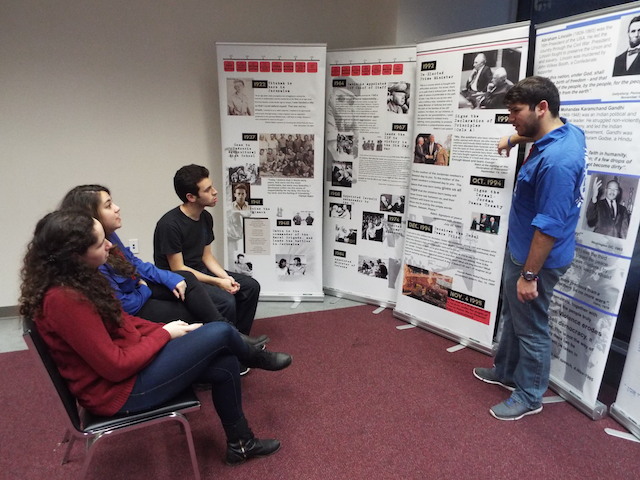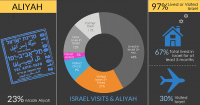|
A time to take stock of what is good and precious… And a time for us to support and protect what is good and precious Dear Friends, What an unsettling time we are living in… anxious days and sleepless nights for many of us. Prospects for peace are dim in Israel, the future here in the States is uncertain at best, frightening at worst. |
Author Archives: Daniel
OPINION Struggling for Zionism
“The entire Hatikvah platform was created out of what we thought was the best way to strengthen Israel and the Diaspora-Israel relationship.”
By NATHAN HERSH \ 02/23/2015 22:03
A few weeks ago, MK Stav Shaffir lambasted the Bayit Yehudi Party in the Knesset. She told them that their corruption – transferring billions of shekels from Israeli taxpayers to the settlements – is an affront to real Zionism. She said, “real Zionism is solidarity, not only in battle, but in everyday life.”
MK Shaffir’s words ring as true in the United States Jewish community as they do in the Knesset. The past year has seen my organization, Partners for Progressive Israel, attacked by people and NGOs that intend to deprive progressive Jews of their voice in the Diaspora. Read more ….
Habonim Dror Hosts Rabin Exhibit

By: Amishai Gottlieb, © 2014 Jewish Exponent
Anyone who happened to pass by the library at the Jewish Community Services Building in Center City on Nov. 13-14 was virtually transported to Rabin Square in Tel Aviv.
In memory of the anniversary of former Israeli Prime Minister Yitzhak Rabin’s murder on Nov. 4, 1995 by a right-wing Jewish activist, three Habonim Dror youth movement counselors — all college-aged — set up an exhibit in honor of the late leader. READ THE FULL ARTICLE
ABOVE Dan Shahar (right) does a trial lecture for fellow exhibit leaders (from left) Adi Goldberg, Hila Huber and Ross Weisman. Photo by Amishai Gottlieb.
New Study Shows High Israel & Community Engagement Among Habonim Dror Alumni

Building Progressive Zionist Activists: Exploring the Impact of Habonim Dror, authored by Prof. Steven M. Cohen and Steven Fink describes evidence of the life-long impact that the Habonim Dror youth movement has had on its participants. The report draws upon a survey of nearly 2,000 alumni of Habonim Dror camps and other programs, ages 20 to 83. Continue reading




